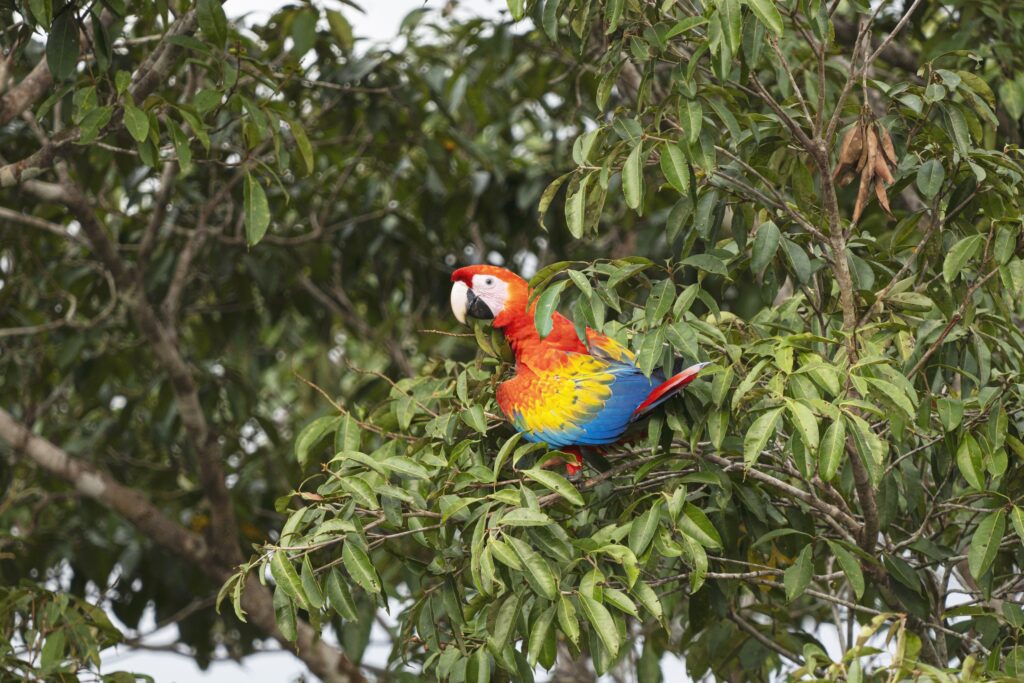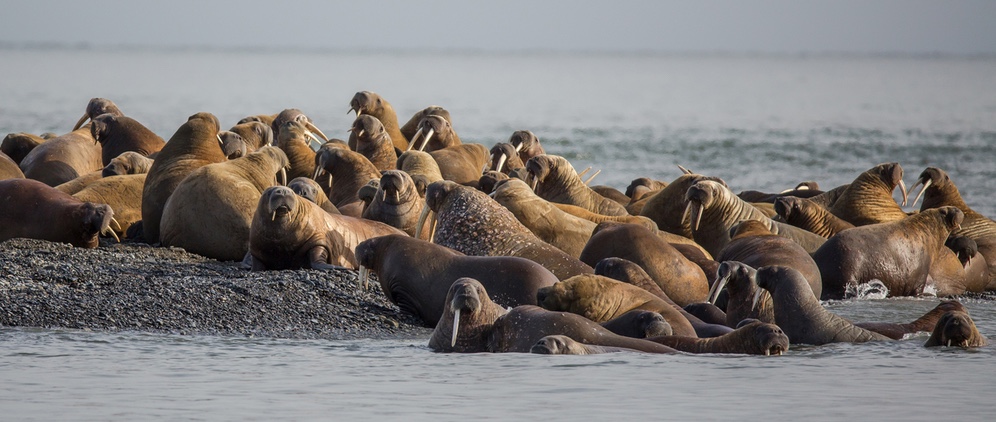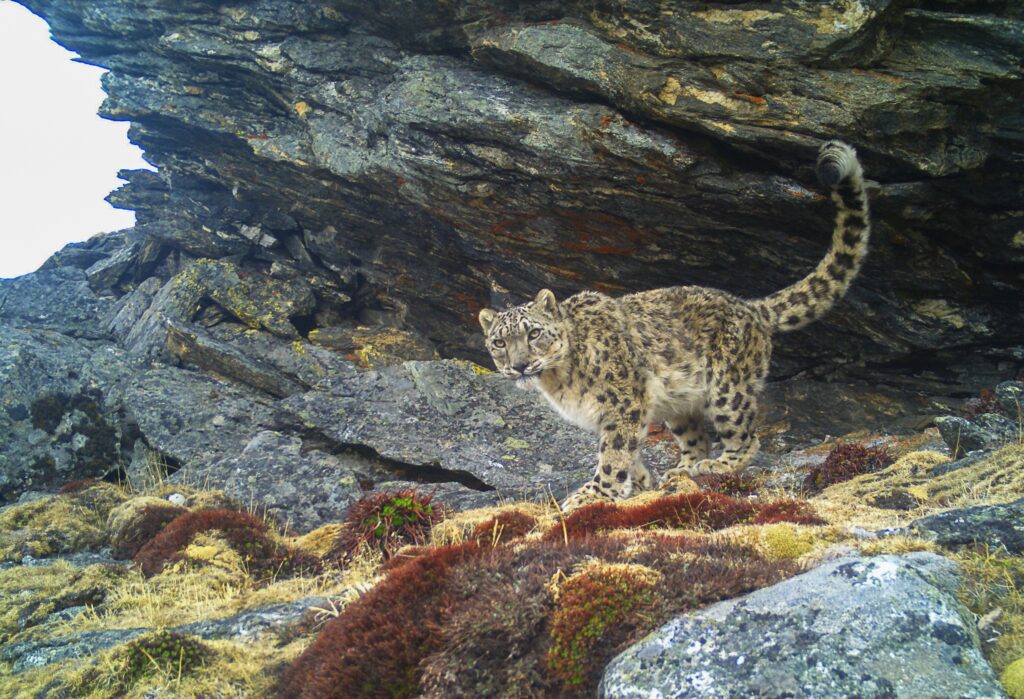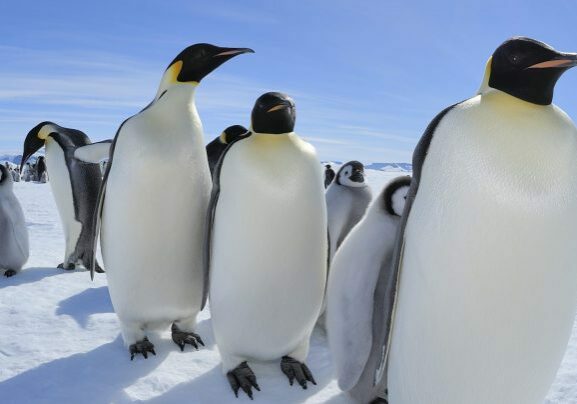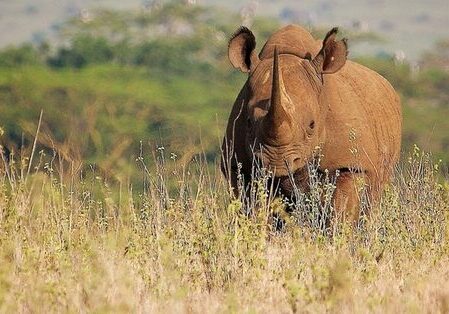Like much of east Africa, Kenya has been ravaged by drought over several years, threatening people and wildlife alike.
With your support, we helped the Lewa Conservancy in Kenya buy supplementary feed for rhinos and other rare wildlife.
The conservancy is a wildlife hotspot, home to around 14% of Kenya’s rhino population, but food has become scarce as a result of the drought.
Funding from WWF supporters enabled the conservancy to buy 1,850 bales of hay and lucerne (a crop also known as alfalfa that’s commonly used to feed livestock) and distribute them to wildlife around the 250 sq km conservation area.
At least 60 rhinos benefited from the extra nutrition, as did 400 buffaloes, elephants, warthogs, elands and zebras. Thanks to this boost to their diet, all the rhinos maintained or improved their body condition, with no deaths reported.
Elsewhere in Kenya, your support helped install solar power at a borehole in Lake Nakuru National Park when the drought was at its peak.
As a result, there’s now a constant supply of drinking water for wildlife, three rangers’ camps and the neighbouring community of over 100 households. Previously, the park had to use expensive diesel to pump water, so the solar power will help reduce costs and carbon emissions as well as providing a secure water supply.
Our colleagues in Kenya also ran an emergency response, distributing emergency food to 34,000 people in drought-hit communities.
Although the rains finally arrived last year, droughts are becoming more severe as a result of climate change. While we’re ready to respond in an emergency, our long-term focus is on helping communities and wildlife to become more resilient and adapt to a changing climate.
Adopt a rhino
To help us build a more secure future for critically endangered rhinos in Kenya – and the communities who live alongside them – you can adopt a rhino
BANNER IMAGE: © NATUREPL.COM / WILL BURRARD-LUCAS / WWF
You helped create a new national park in Colombia
Join our walrus watch!
You supported India’s first national snow leopard survey
More to explore
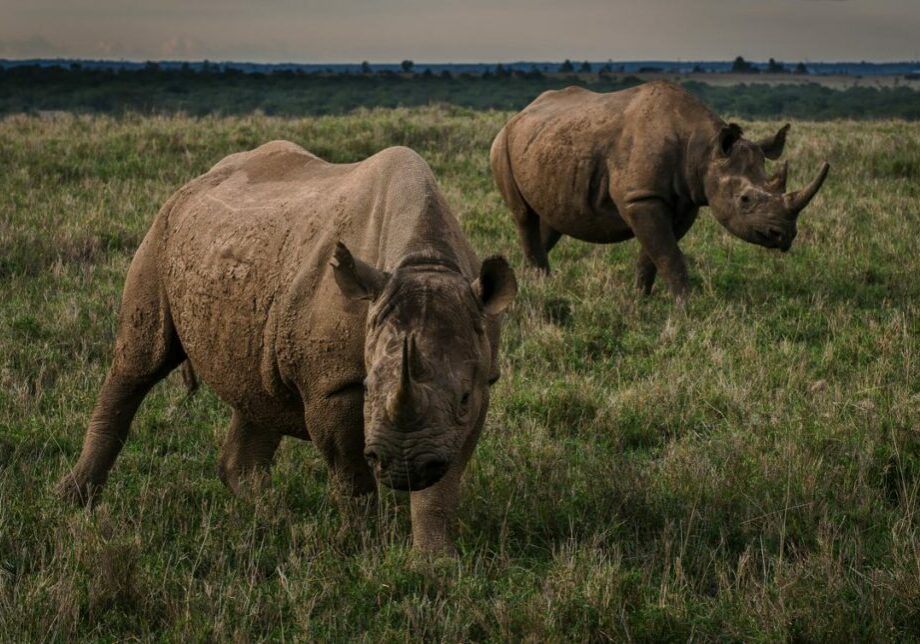
Rhino numbers rise again in Kenya
Thanks to your support, we’re helping to turn the tide on poaching – and the black rhino population in Kenya is on the up
